
Articles on Traffic jam
Displaying all articles

Air pollution accounts for many deaths in Africa yearly. However, this may change if people learn to protect themselves and hold their leaders accountable.
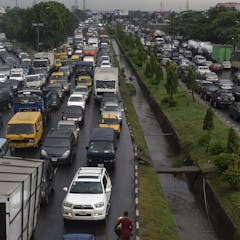
Twenty-six fast-growing African cities may battle health challenges if air pollution is not addressed.
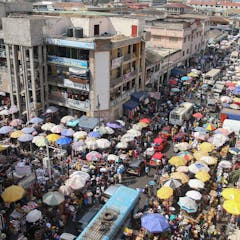
A new approach to urban planning is needed to restore hope in African cities. There are three keys that can help unlock this.
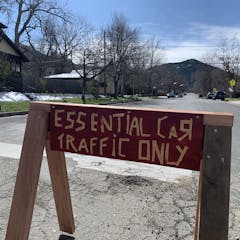
City streets were built to accommodate cars, but the COVID-19 pandemic has scrambled our transport needs. Many cities are moving to make streets more people-friendly and less car-centric.
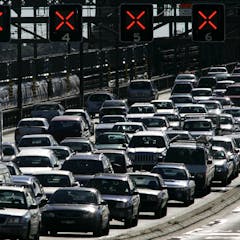
A new model based on how diseases spread will help traffic controllers get on top of congestion faster

It can feel much faster to get the bus – but that could all be a matter of perspective.

By identifying and applying the key rules governing the behaviour of each individual, agent-based modelling offers insights into complex phenomena like traffic jams and flocking.

New research has uncovered a previously unknown weakness in smart city systems: devices that trust each other. That could lead to some pretty terrible traffic, among other problems.

Hobart is a smaller city with big city problems that have become an election issue. Recent growth is creating traffic congestion that affects productivity, residents’ health and liveability.
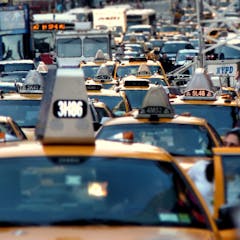
New York soon may charge a fee to drive into central Manhattan as a way of reducing traffic and raising funds for public transit. An urban scholar says this step is overdue in the United States.
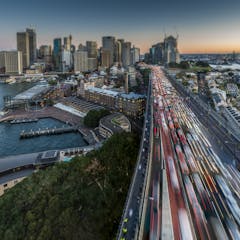
Traffic congestion is the main cost that cars create when they use existing roads. Road use charges are a more efficient and fairer way to cover the cost and help ensure traffic flows.
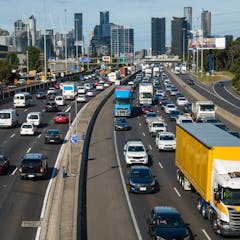
A city-wide experiment suggests well-designed road use charges could ease congestion by encouraging people to drive at different times, take other routes or use other transport.
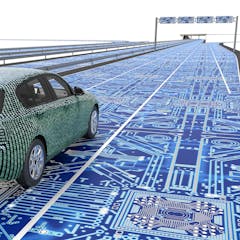
If all the elements in the transportation system are going to talk to each other, the people at the companies and government agencies that make those items need to talk to each other too.
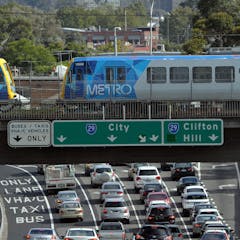
Instead of focusing on freeways, governments should change the way we pay for urban roads and public transport.
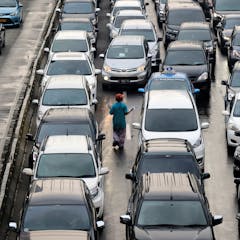
Traffic continues to increase, but more slowly than would have been the case if the reforms had not gone ahead.

When planning major infrastructure investments, it’s important to know which road, freight and information networks are most important – and which proposals might make things worse, not better.
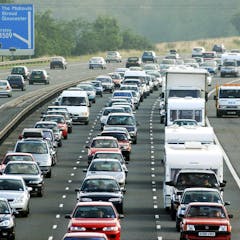
If computers ruled the roads, we might be out of a jam.
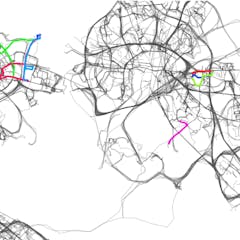
No wonder you’re always late. Drivers use a route that minimizes travel time on only a third of their trips. Here’s how real-world data can help planners fight traffic congestion.

The planning for any new road should include plenty of mathematical modelling. But getting the right numbers can be a challenge and there’s the odd paradox to deal with as well.
Traffic jam problems may be gone for good with the use of bus scheduling technology being developed at the University of…
